Reflecting On An Unusual SF Christmas Bird Count
By David Assmann
The 2020 San Francisco Christmas Bird Count nearly didn’t happen due to the pandemic. Fortunately, San Francisco birders adapted to the challenge. Although we had to follow strict new guidelines, this winter’s count turned out to be one of the best in decades. 103 socially distanced counters ended up tallying more than 68,000 birds by the end of the day on December 29th – the highest tally in more than 30 years. This was also up about 35% from last year’s total – which is even more impressive considering we had a lot fewer counters, and we didn’t have access to all the areas we are normally able to access.
In addition to solo bird counting, this was also the year of modernization. We transitioned away from paper tallies to using eBird for data collection and compiling. A total of 269 eBird lists were submitted. Counters were also able to accurately pinpoint the boundaries of each area, thanks to GIS maps created by William Wiskes. And the traditional count dinner was replaced with a well attended Zoom countdown.
By the time count week was over, the species tally stood at 189 – only two species fewer than last year’s record 191 species. There were lots of rare species – 29 in all. Almost every area (14 of 17) had one or more rare species.
The best bird of the count was a Black Storm-Petrel, spotted by Josiah Clark, flying 100 yards offshore at Crissy Field. A Storm-Petrel has never before been seen on a San Francisco Christmas Bird Count, and Black Storm-Petrels have only been seen five times in the 120-year history of the count in California. An Ancient Murrelet seen from Ocean Beach was the other seabird of note.

Overall duck numbers were similar to previous years, with increases in American Wigeons and Northern Shovelers but declines in other species. We missed White-Winged Scoter for the first time ever, which is remarkable considering that in 1990, there were more than 1,200 seen. Scaup numbers dropped to 611 (down almost two-thirds from last year). We had two Redheads on the count (Crystal Springs), as well as a Long-Tailed Duck (Land’s End). A Harlequin Duck (Cliff House) was seen during count week.
The highest number for a single species was for Double-Crested Cormorant, with 5,303 reported, with almost all of these viewed on the Bay from the South of Market area. And the 1,805 Brandt’s Cormorants seen was the second-highest total in 64 years.
A Rock Sandpiper returning to Heron’s Head for a second winter was the highlight in the shorebird department.
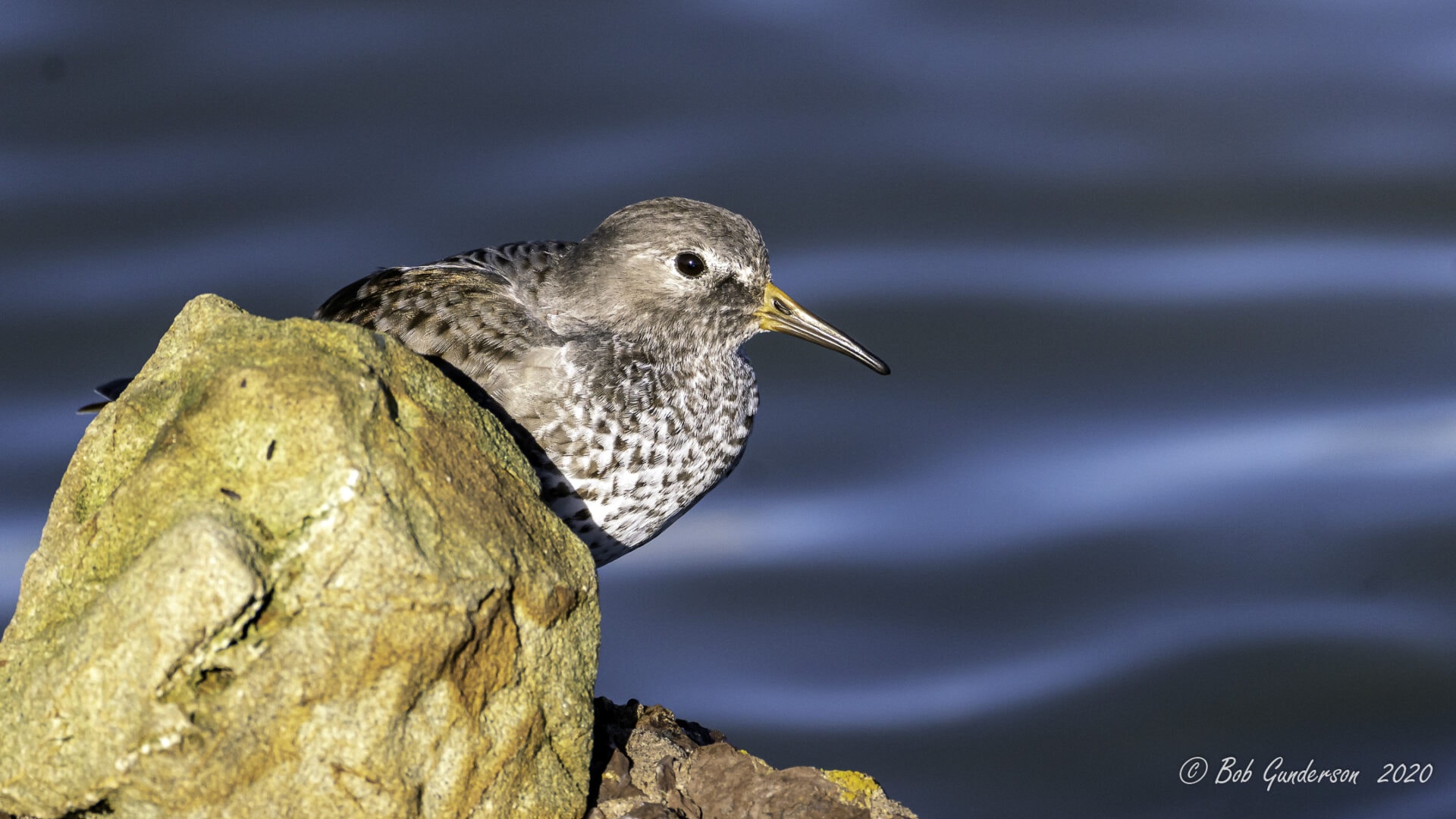
Shorebirds missed on count day included Red Knot, Ruddy Turnstone, Surfbird and Wandering Tattler (the last two were, however, seen during count week). Black Turnstone numbers were down to four. Sixty-two Wilson’s Snipes, although not a record, was still a good number (60 of them at Crissy Field).
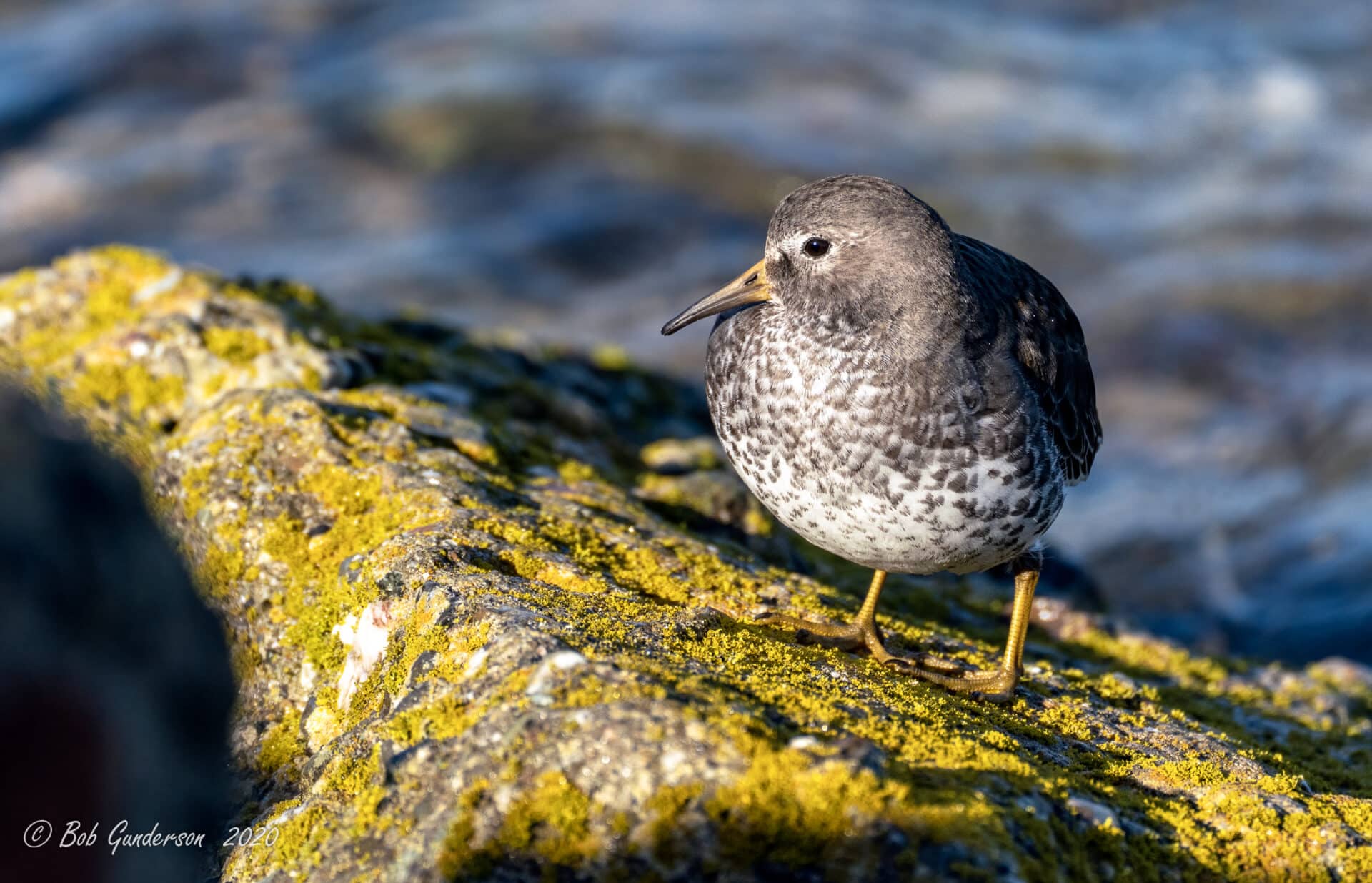
A Ferruginous Hawk seen South of Market and a Bald Eagle seen at Crystal Springs were the best raptors of the day. However we dipped on Osprey the entire week.
Wild Turkeys are ubiquitous in the Bay Area, but rare in San Francisco, so we were happy to have two for the count – the resident female in Golden Gate Park, and another in Buena Vista Park.
With 1,537 Anna’s Hummingbirds counted, we set another record for this species for San Francisco, and perhaps for the country this year as well – last year this honor went to San Diego with 1,239 Anna’s. We may even have set an all time high for Anna’s for any count ever in the country, which currently stands at 1,432 (Santa Barbara – 1988). We will know when this year’s count has been tallied nationwide.
Looking at woodpeckers, an assumption has been made that the Nutall’s Woodpecker is displacing Downy Woodpeckers in San Francisco. But when you look at the counts, the number of Downy Woodpeckers has remained relatively constant, while the number of Nuttall’s Woodpeckers has soared – from single digits 10 years ago to a record 103 this year. Rare woodpeckers were scarce during the count. Although a Red-Naped Sapsucker had been seen earlier in the month, it was not seen during count week. The Yellow-Bellied Sapsucker in the Presidio was also not seen, but there was one spotted in Colma.
This year was particularly good for flycatchers. A Least Flycatcher in the Presidio was new for the count.
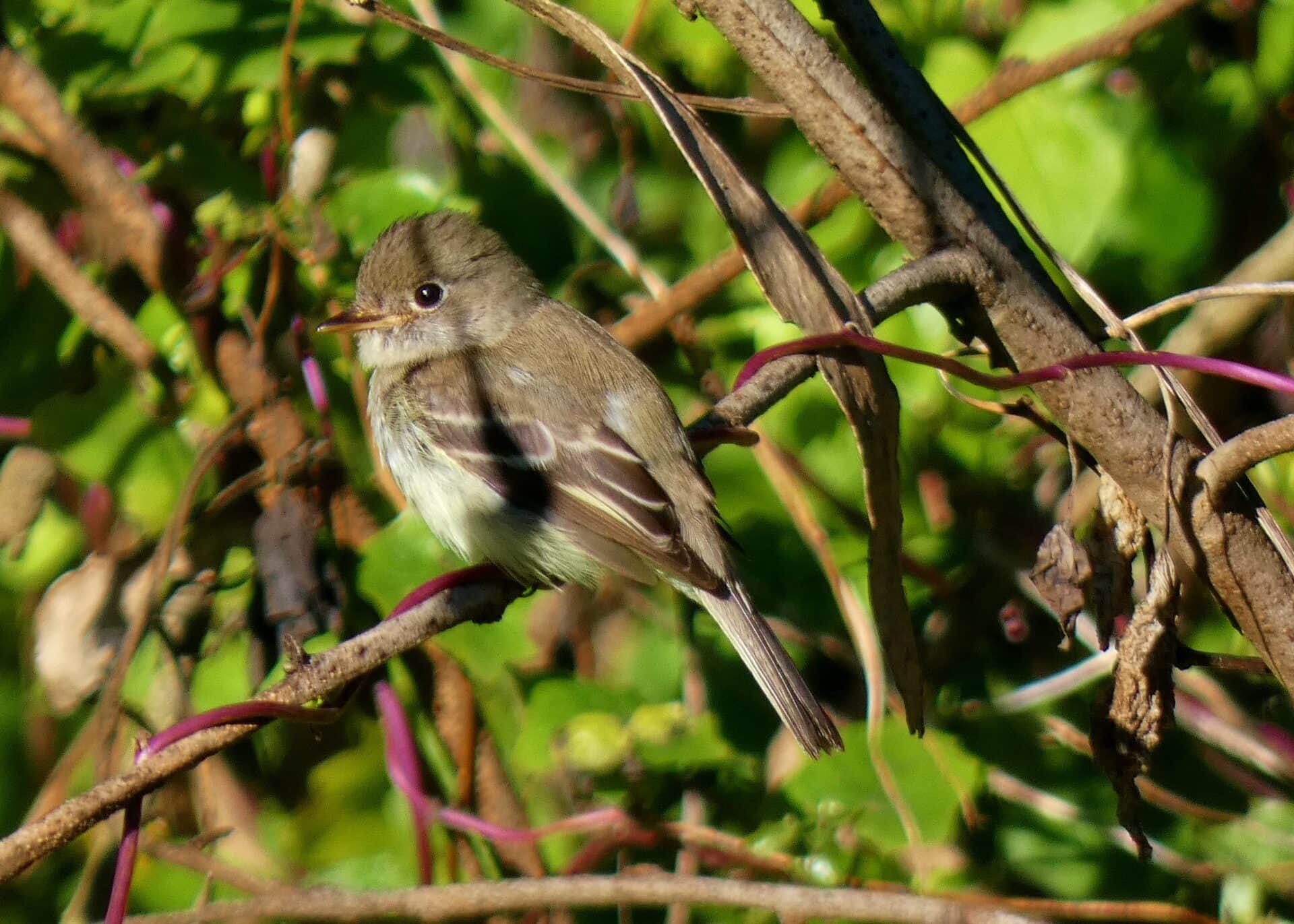
A Hammond’s Flycatcher (first one seen on the count since 2006) was found at the Moscone Ball Fields. A Pacific Slope Flycatcher was seen at Pine Lake Park. Two Tropical Kingbirds were documented in Colma. We reached an all-time high for Black Phoebes (464) and tallied the second highest total for Say’s Phoebes (66).
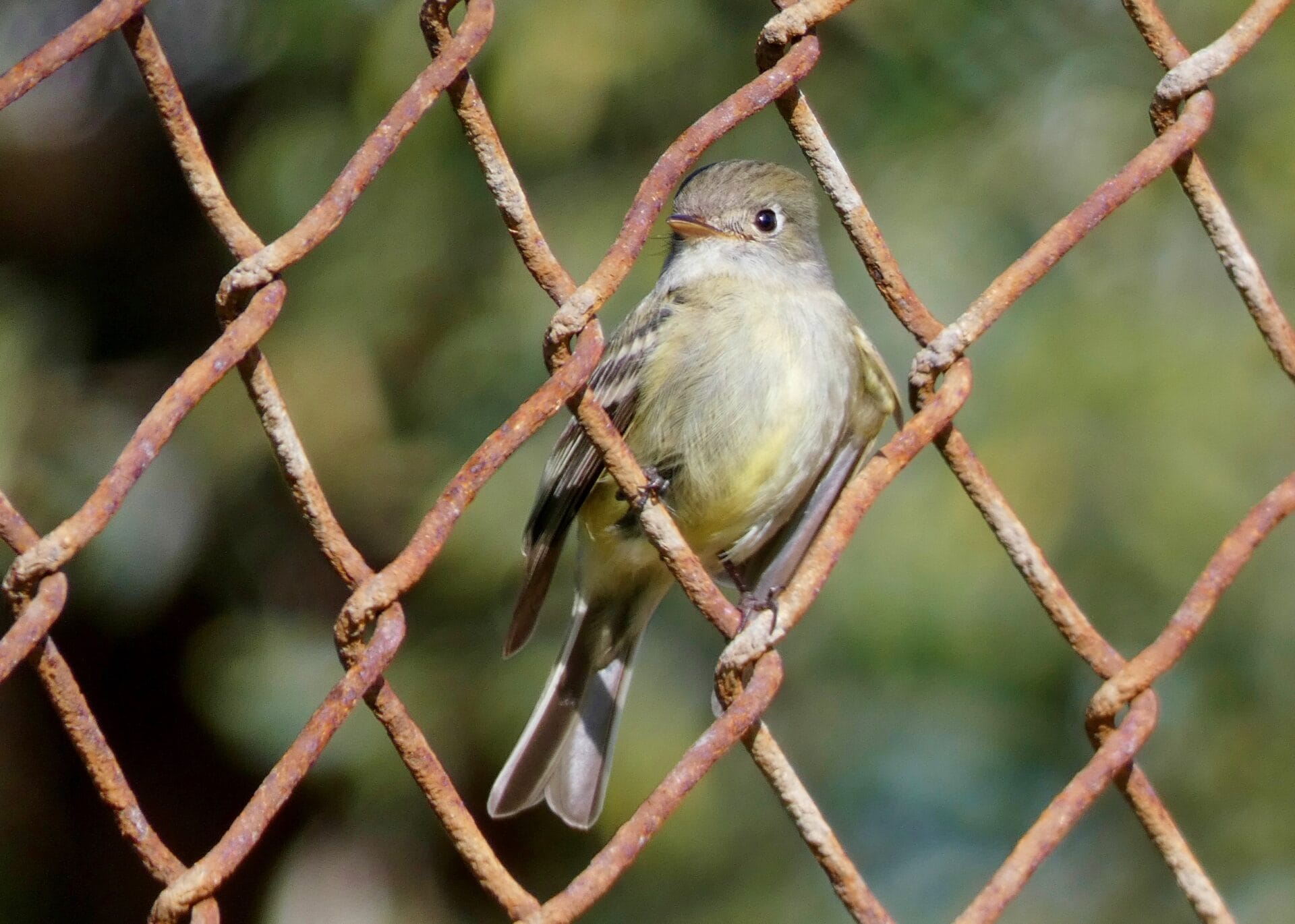
Loggerhead Shrikes used to be seen regularly in San Francisco, and were regularly seen on the Christmas Bird Count. But that stopped in 2006, so it was great that one showed up to be counted at Yosemite Slough this year.
Two Barn Swallows and a Violet-Green Swallow were seen at Lake Merced. Six White-Throated Swifts were seen during count week on Brisbane Lagoon. Common in the Bay Area, but rare for the San Francisco count, an Oak Titmouse was spotted in the Southern Waterfront area and another one was seen in San Bruno.
Our best warbler was a Northern Waterthrush at Lake Merced, which also had a Black-Throated Gray Warbler. Another Black-Throated Gray was seen in Colma, along with a Yellow Warbler. Another Yellow Warbler was seen in the Southern Waterfront. Our Townsend’s Warbler total this year was 572, a record for San Francisco. Since last year’s total of 430 was the highest in the country, we may set the record again this year.
Also last year our count of 285 Hermit Thrushes was the highest in the country. This year we spotted 436, our highest ever for San Francisco.
We usually tally at least two species of Oriole, but this year we only had Bullock’s Orioles – two downtown and one at Fort Mason. A Western Tanager was also found at Fort Mason.
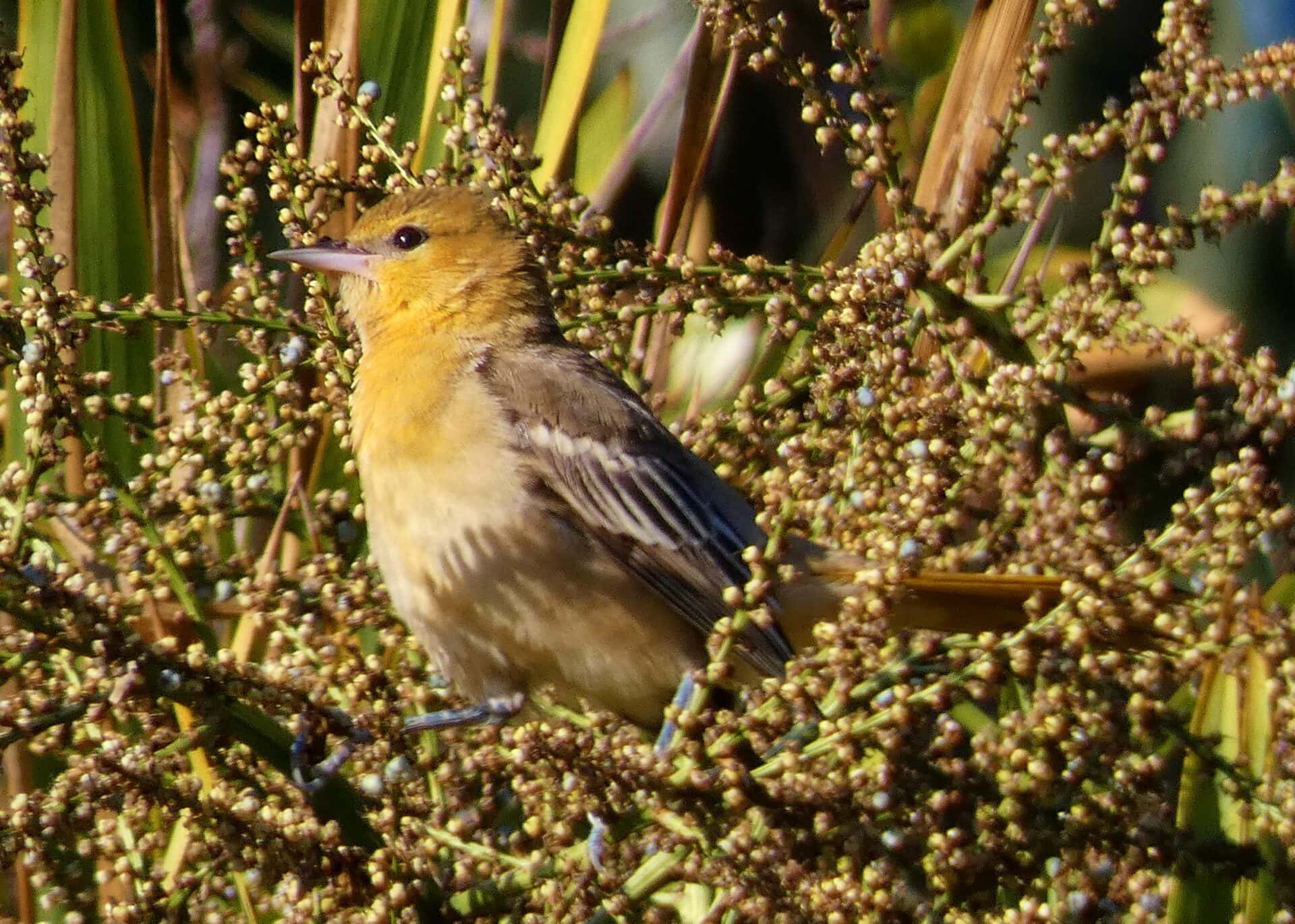
Other count week birds of note included a Chipping Sparrow, a Blue-Gray Gnatcatcher and a Yellow-Shafted Northern Flicker.
During our Zoom countdown, virtually every area leader noted the increased number of Pine Siskins that have appeared throughout the City. This has been a northern Finch irruption year across the country, and our bounty has been Pine Siskins. Our final tally was 792 – almost eight times as many as last year, and a record for San Francisco.
Heartfelt thanks to all the counters who participated this year, as well as to Siobhan Ruck and Alan Hopkins as co-compilers for the count. We anticipate that next year we will have fewer restrictions and more opportunities to make the count more interactive, since it’s not only about the birds, but also about the people who participate in this 120 year-old tradition.
About David: David Assmann is the former Deputy Director of the San Francisco Department of the Environment. Since retiring from that position, he spends time birding in San Francisco, leading field trips for Golden Gate Bird Alliance, and helping to organize the San Francisco Christmas Bird Count.
Have a birding blog you’d like to share with us? Send your 800-1200 word stories to our Communications Manager, Melissa, at mramos@goldengatebirdalliance.org. We only accept Word document files at this time. Please send all images as separate JPG attachments. Essays may be lightly edited. Questions? Email Melissa.
